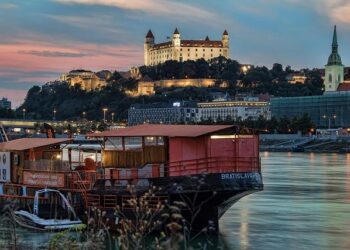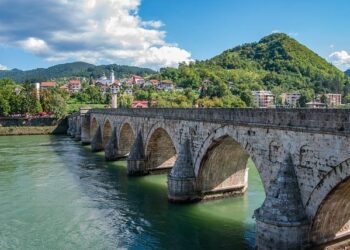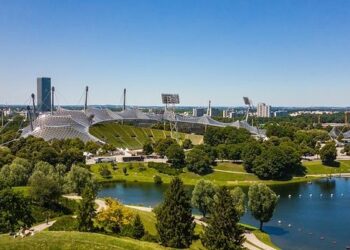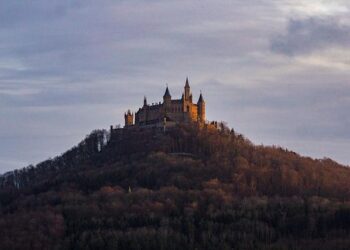Introduction:
In the realm of global energy production, nuclear power remains a pivotal component for countries seeking to balance energy security, sustainability, and environmental considerations. Slovakia,a nation strategically located in central Europe,has emerged as a noteworthy player in the nuclear landscape. The World Nuclear Performance Report, published by the World Nuclear Association, offers an in-depth analysis of Slovakia’s nuclear energy performance, set against the backdrop of global trends and challenges. This article delves into the key findings of the report, highlighting Slovakia’s nuclear output, safety measures, and its role in regional energy dynamics. As the world grapples with the pressing need for cleaner energy sources, Slovakia’s experience with nuclear technology offers valuable insights into both the opportunities and challenges that lie ahead in the pursuit of a low-carbon future.
Current State of Slovakias Nuclear Sector
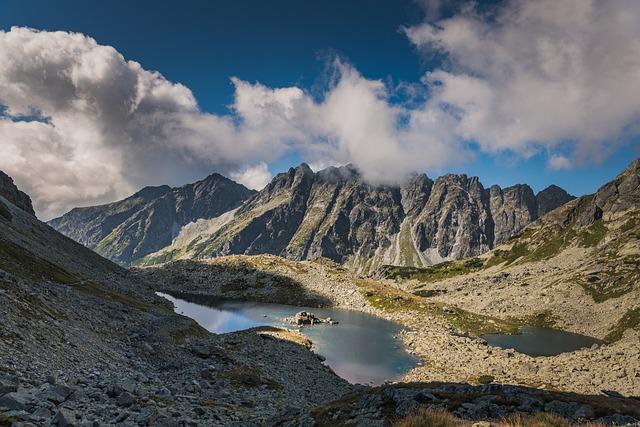
Slovakia’s nuclear sector remains a cornerstone of its energy infrastructure, with a significant contribution to the country’s electricity generation. Currently, nuclear power plants generate approximately 52% of Slovakia’s electricity, making the nation one of the highest in Europe in terms of nuclear reliance. The state’s two operational nuclear stations, Jaslovsk├® Bohunice and Mochovce, showcase advanced technology and safety measures that meet international standards, though the latter has faced delays in its expansion project. As Slovakia prepares for a future transition to greener energy, the role of nuclear power in achieving Carbon Neutrality by 2050 continues to be a major topic of discussion.
The ongoing growth and modernization of nuclear facilities are part of Slovakia’s strategy to enhance energy security and resilience against market fluctuations. Key aspects of the current state of the sector include:
- Investment in Technology: significant investments are being channeled into upgrading existing nuclear plants.
- Safety Protocols: Compliance with stringent European safety standards enhances operational reliability.
- International Collaboration: Partnerships with international organizations facilitate knowledge sharing and best practices.
- Public Concerns: Addressing safety and environmental issues remains crucial for community acceptance.
| Plant | Status | Capacity (MW) | Year Operational |
|---|---|---|---|
| jaslovsk├® Bohunice | Operational | 880 | 1978 |
| Mochovce Unit 3 | Under Construction | 882 | Expected 2023 |
| Mochovce Unit 4 | Under Construction | 882 | expected 2024 |
Key Performance Metrics and Global Comparisons

The performance of nuclear facilities in Slovakia plays a significant role in the countryŌĆÖs energy landscape. For the past few years, key performance metrics have shown stability and growth in the operational efficiency of the plants. Notable indicators include:
- Capacity Factor: An average capacity factor of over 90% indicates reliable generation.
- Load Factor: Consistently high load factors reflect effective fuel utilization.
- Operational Availability: Availability rates nearing 95% showcase minimal downtime.
When comparing Slovakia’s nuclear performance metrics with global averages, it is evident that the nation excels in various aspects.According to recent data, SlovakiaŌĆÖs plants rank favorably in the following global context:
| Metric | Slovakia | Global Average |
|---|---|---|
| Capacity Factor | 90% | 80% |
| Operational Availability | 95% | 85% |
| Load Factor | 93% | 78% |
This data reflects Slovakia’s commitment to nuclear efficiency and its strategic importance in the energy sector, positioning the country as a robust player within the global framework of nuclear energy production.
Challenges Facing Nuclear Energy Growth in Slovakia
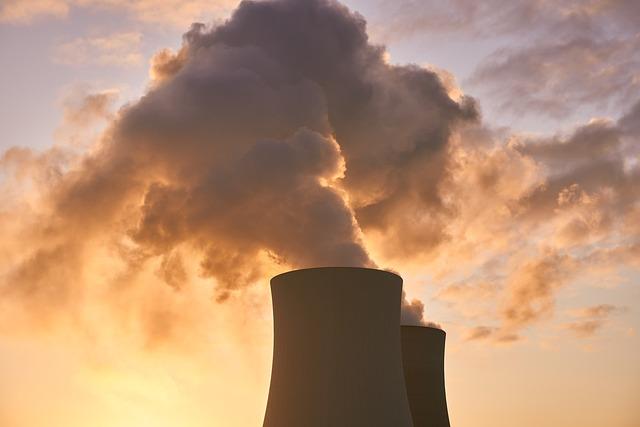
Despite its potential for clean energy production,the expansion of nuclear energy in Slovakia encounters several formidable hurdles. One prominent issue is public perception. Many Slovakians harbor significant concerns regarding nuclear safety, especially in the wake of ancient nuclear accidents worldwide. This trepidation is often compounded by a lack of clear interaction from authorities regarding safety measures and technological advancements, which can exacerbate fears instead of alleviating them. Additionally, political uncertainties can disrupt long-term planning, as shifting government priorities and fluctuating public support for nuclear projects lead to inconsistency in energy policy.
Another critical area of concern is financial investment. The nuclear sector requires substantial capital for both new reactor construction and the maintenance of existing facilities. In Slovakia,secured funding frequently enough depends on international partnerships and the fluctuating stance of the European Union towards nuclear energy funding and policies. Moreover, the country faces technical challenges in upgrading its aging infrastructure to meet modern standards, which not only requires investment but also a skilled workforce capable of managing advanced technologies.The intricate balance among these factors creates a scenario where growth in nuclear energy is hindered, despite its significant potential to contribute to Slovakia’s energy independence and sustainability goals.
Recommendations for Enhancing Nuclear Safety and Efficiency
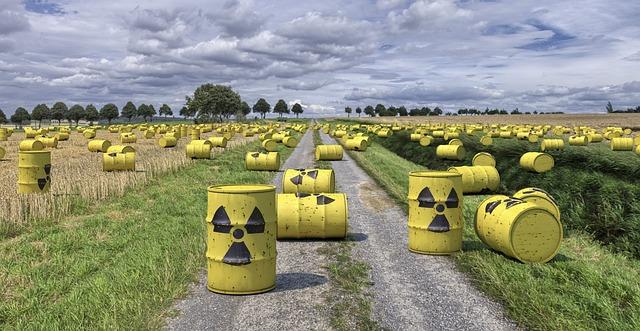
To bolster nuclear safety and efficiency in Slovakia, it’s vital to implement comprehensive training programs for personnel across all levels of operation. Enhanced education on safety protocols, regulatory compliance, and emergency response can dramatically reduce the likelihood of human error, a significant contributor to incidents in nuclear facilities. Additionally, phasing in advanced technologies such as real-time monitoring systems and predictive maintenance tools can substantially improve operational oversight and maintenance schedules, thereby minimizing downtime and ensuring optimal functioning.
Moreover, fostering a culture of openness and open communication within the nuclear sector is essential. Stakeholder engagement can drive improvements in public trust, and also enhance collaboration between the government, the industry, and local communities. Key recommendations include:
- Establishing regular public forums to discuss nuclear safety initiatives
- Promoting international partnerships for knowledge sharing on best practices
- Incorporating updated safety designs in new projects
| Focus Area | Recommendations |
|---|---|
| Training & Education | Implement ongoing training for all staff |
| Technology Adoption | Incorporate advanced monitoring systems |
| Community Engagement | Conduct public forums for safety discussions |
Future Prospects for Slovakias Nuclear Energy Development

As Slovakia moves forward in its energy transition, the future of nuclear energy in the country looks promising amidst evolving energy demands and international climate goals. With ongoing projects to upgrade existing reactors and develop new ones, Slovakia is poised to enhance its energy security while reducing carbon emissions. Key areas for development include:
- Modernization of existing facilities: Upgrading technology in current reactors to improve efficiency and safety.
- Investment in new reactor designs: Exploring advanced reactors that offer enhanced performance and lower waste generation.
- International collaboration: Engaging with European nuclear initiatives to share knowledge and best practices.
moreover, regulatory support combined with a strong public commitment to sustainability will play a pivotal role in ensuring the triumphant integration of nuclear power into Slovakia’s energy portfolio. The government aims to position the country as a leader in nuclear innovation within the European landscape. Some essential factors influencing this growth include:
- Stable regulatory framework: Establishing clear policies to promote safe nuclear development.
- Public acceptance: Increasing transparency and community engagement to foster broader support for nuclear initiatives.
- Research and development: Funding programs focused on innovative nuclear technologies and safety improvements.
Closing Remarks
SlovakiaŌĆÖs performance in the nuclear sector, as highlighted in the World Nuclear Performance Report by the World Nuclear Association, underscores the nationŌĆÖs significant role in harnessing nuclear energy for its economic and environmental benefits. With a commitment to safety, efficiency, and innovation, Slovakia continues to thrive as a key player in the global nuclear landscape. The report not only showcases the successes and challenges faced by Slovakian nuclear facilities but also serves as a vital resource for policymakers, industry stakeholders, and the public. As the world moves towards a more sustainable energy future, SlovakiaŌĆÖs experience and strategies in the nuclear domain will be crucial in shaping the conversation around energy security and climate change mitigation.Looking ahead, the emphasis on technological advancement and regulatory frameworks will determine how Slovakia can leverage its nuclear capabilities to meet both domestic needs and international commitments.The path forward will undoubtedly require collaboration and transparency, ensuring that the lessons learned contribute to the ongoing evolution of nuclear energy as a safe, reliable, and essential component of a diversified energy portfolio.



